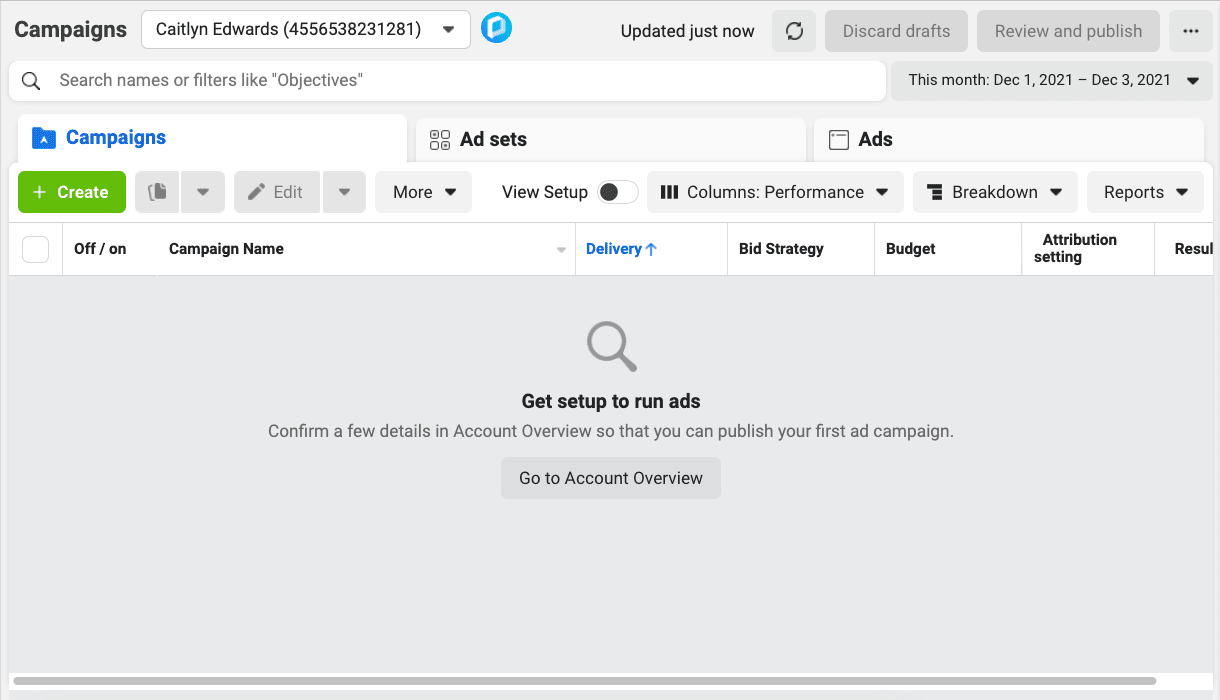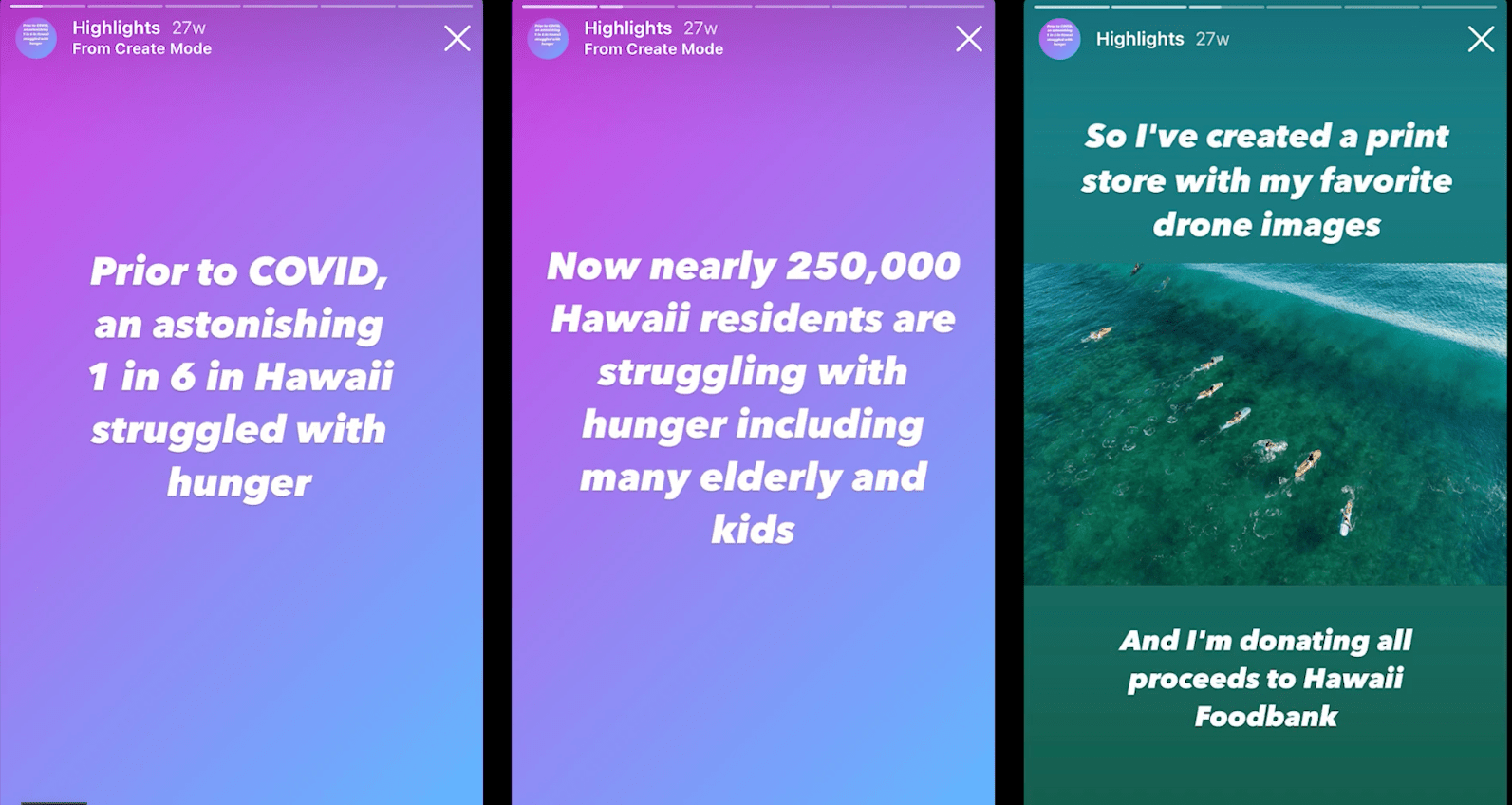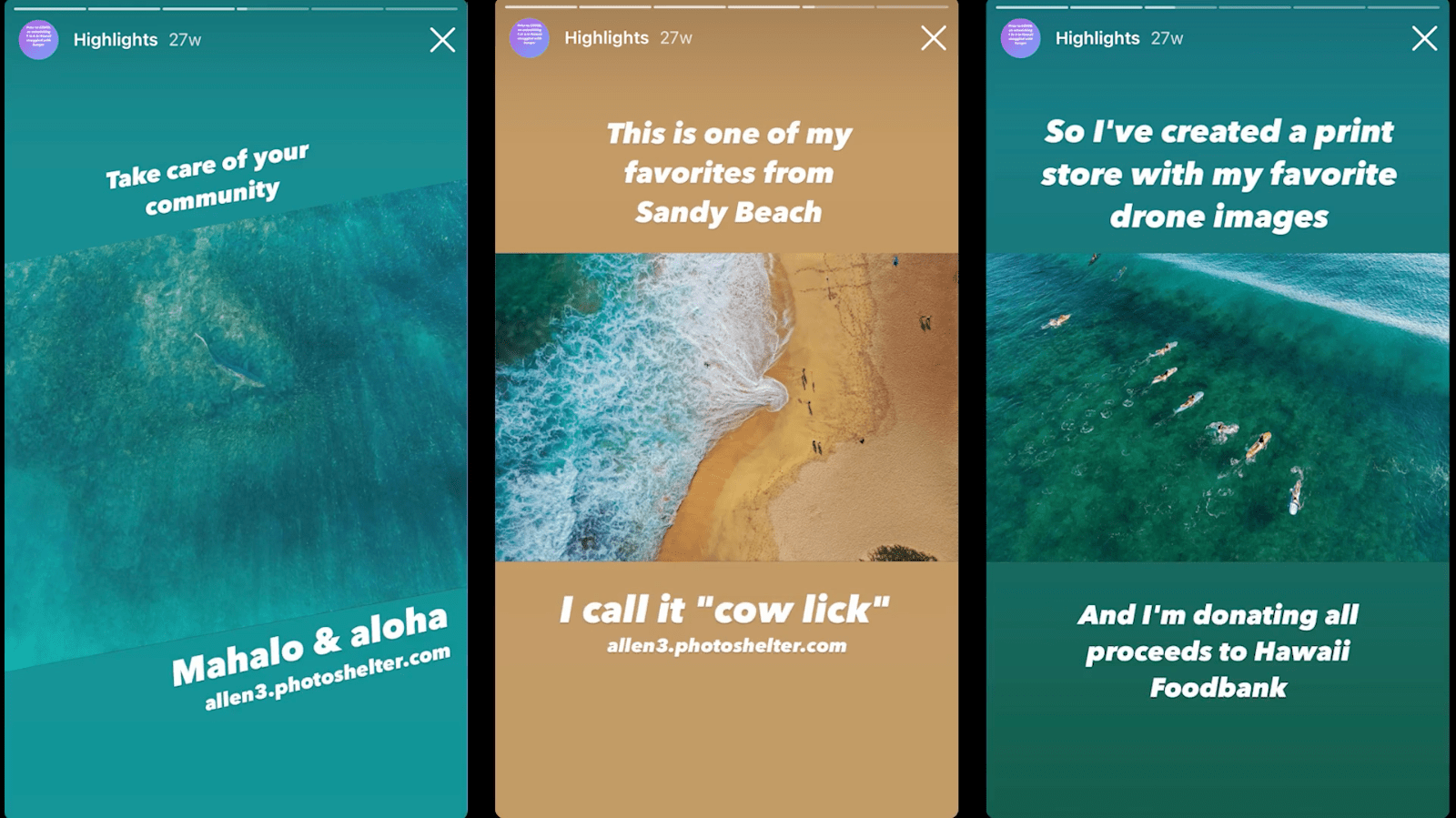Share
The Secret to Selling Your Photography: Finding Your Audience
Learn why finding your audience is the key to online photo sales and get actionable marketing tips from PhotoShelter Co-founder Allen Murabayashi.

Although it’s tempting to believe that anyone and everyone is a potential customer for your photography, your actual target customer base is much more limited. Finding customers who are likely to buy your photos without spending exorbitantly to acquire them is the key to any successful marketing campaign.
“One size fits all” marketing approaches never work because consumers are segmented by age, geographical location, income and many other factors that affect buying decisions. For example, cars get people from one place to another. But Ford truck owners (“Built Tough”) respond differently than BMW drivers (“The Ultimate Driving Machine”), and the vehicles have different price points and features to meet the needs of their respective customers.
So it goes with selling photography. A person who has never traveled on safari is unlikely to purchase a wildlife print due to a lack of affinity. A person with a small apartment is unlikely to buy an enormous print of any subject matter due to space constraints. A young consumer is unlikely to see your ads on Facebook due to demographics. Your photos and products won’t appeal to everyone, and finding success in photo sales requires you to identify then find your target audience.
Your Audience Isn’t Everyone
Who will buy your photos? “Anyone who loves photography” isn’t a realistic answer for your potential audience. Be more specific.
If you’re selling prints as interior decoration, imagine what criteria a buyer is trying to meet and what emotion they want your photo to evoke. For example:
- Size
- Price
- Location in home
Subject matter considerations might include:
- Abstract or literal
- Black-and-white or color
- A familiar place, person or thing vs something aspirational
Many photojournalists find that even their award-winning images don’t sell well as wall art because they often depict gritty scenes. This misalignment between subject matter and intended audience can be frustrating for the photographer. But it’s a good reminder that you are not your intended audience, and the emotional connections that you have to your photography won’t necessarily resonate with others.
Build a Profile
Build a profile of your ideal customer. Do they live in a house or apartment? Are they located in a city? Do they have an affinity to a particular place or subject? What price range can they afford for photography?
Going through the exercise of building a profile might be revelatory. You might find that your ideal target is retirees in Florida living in a gated community near the ocean. Therefore, marketing on Instagram won’t be an effective method to connect with them. Wining and dining interior decorators might yield a better return on investment of your marketing time and money.
Online Marketing
Even though billions of people are online, they don’t act monolithically. Younger generations are more likely to shop through their phone, while older demographics still enjoy going to storefronts.
“Paid media” refers to the purchase of online advertising – usually using sophisticated targeting. If you’ve ever purchased an ad on Facebook, you’re already familiar with how fine-tuned your targeting can get.

But marketing online doesn’t require an outlay of cash. Using mechanisms like Instagram Stories is an easy way to create a compelling narrative, building affinity to potential buyers. Regular updates on social media platforms can keep you top of mind with prospective buyers. And building an email list to send periodic newsletters remains one of the most durable marketing methods.


Your online marketing efforts might infrequently “go viral,” but most online efforts require regular maintenance. You need to work to build an email list or social media following. And never confuse quantity with quality. Gaining 10,000 followers or 1,000 repins is worthless if no one is actually purchasing from you.
Real-life Marketing
With so much focus on the online world in the past decade, it’s easy to forget that real-life marketing can reap rewards. Photo contests and gallery shows provide potential reach to an untapped audience, but with uncertain return-on-investment.
Some photographers display their images inside restaurants, hotels and other hospitality settings, while others participate in art fairs or pop-up shows.
Building relationships with people who influence purchasing decisions – interior decorators, architects, in-house purchasing teams – could result in large sales. Consider networking at trade shows and conferences, and visiting sites like Hospitality Design, apartment therapy or Architectural Digest to get a better sense of how photography is used in an interior setting.
Your Marketing Plan
Building a marketing plan will provide some discipline around your efforts. A six to twelve month plan will provide enough time to test and vet your assumptions, which will allow you to further refine your future plans.
Here are a few suggestions:
- Build a customer profile. Try to build some specificity around who your likely customer would be. You might develop a few profiles (e.g. 30-something urban apartment dwellers, Gen-X surfers, stay-at-home parents with disposable income in the midwest). Your profile should articulate the types of images, sizes and price points each customer would purchase.
- Consider how you’re using social media. It’s easy to be enamored by getting lots of likes, but that rarely translates into purchasing. If your intent is to sell prints, periodically remind your audience that your images are for sale. Consider seasonal sales to create scarcity.
- Evaluate your social media platforms. Your audience on Instagram is very different from LinkedIn. Try to understand the buying behavior of your online audiences to determine which provides the best return-on-investment.
- Build an email list. Using an email service provider like Mailchimp or Moosend costs money, but they can provide very useful metrics (e.g. open rates, click-thru rates) and conform to opt-out requirements of the 2003 CAN-SPAM act.
- Make a marketing calendar. Setting a regular cadence of communications will keep your photo business top of mind for your customers.
- Automate your print sales. PhotoShelter allows you to automatically print and ship online sales through our trusted print partners. Quick delivery is an obvious way to maintain good customer relationships.
There is no silver bullet for marketing your photography. Creating a plan, and being mindful about how your intended audience responds to your marketing messages will allow you to continually adjust for best results.



